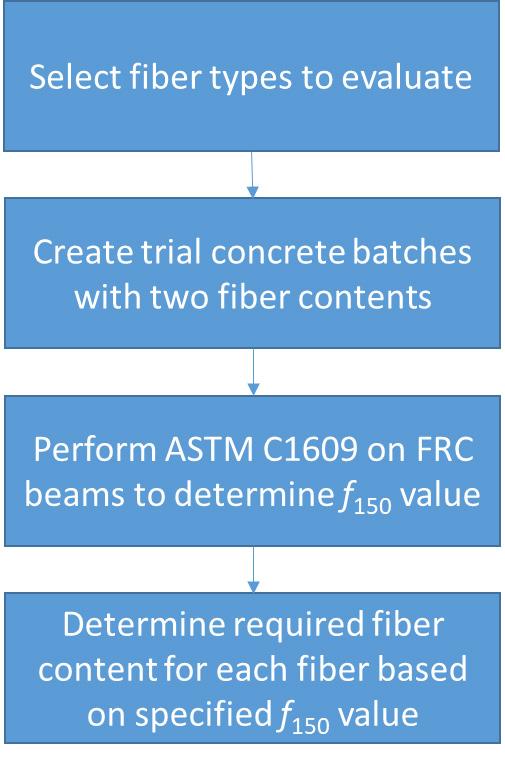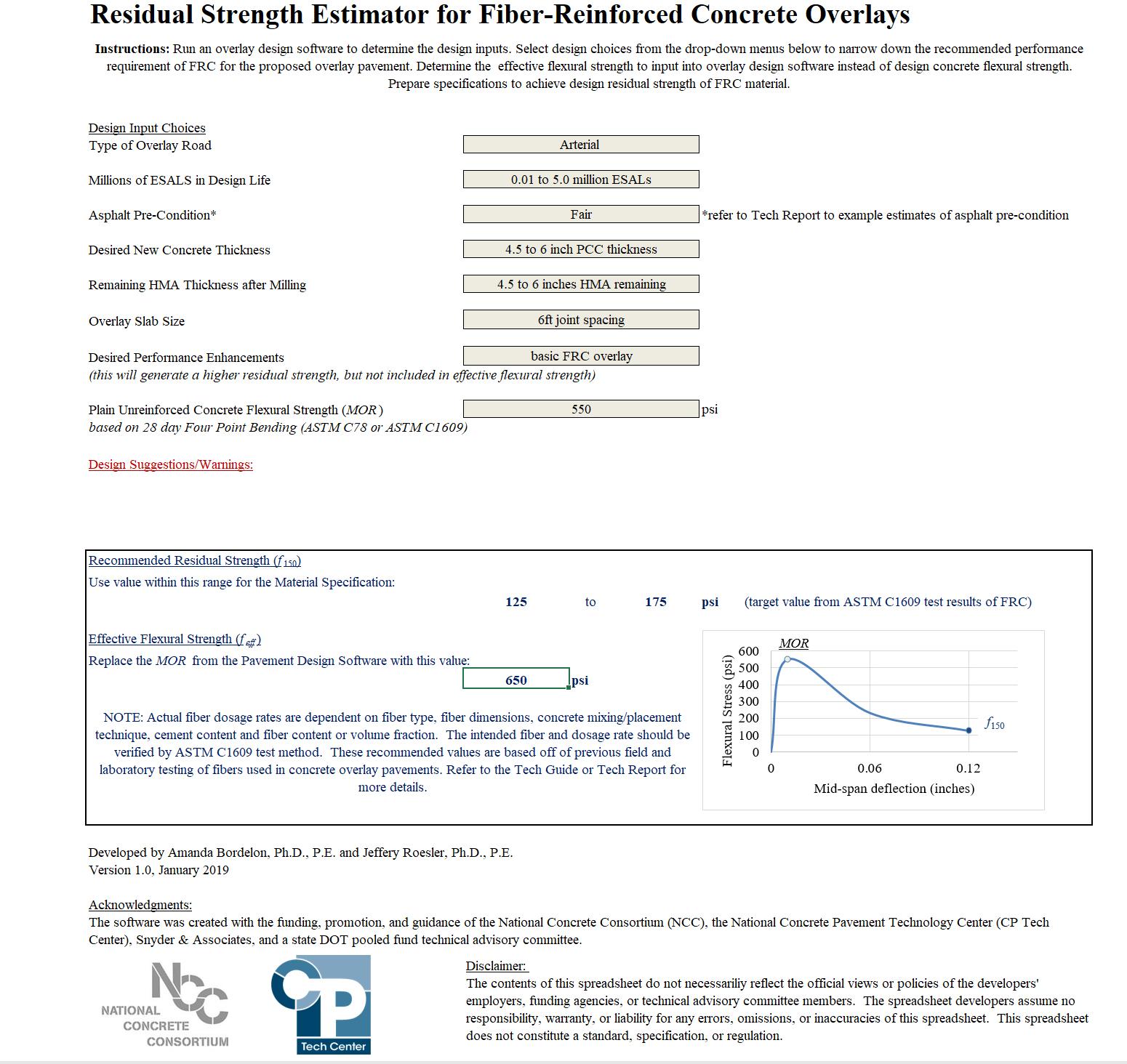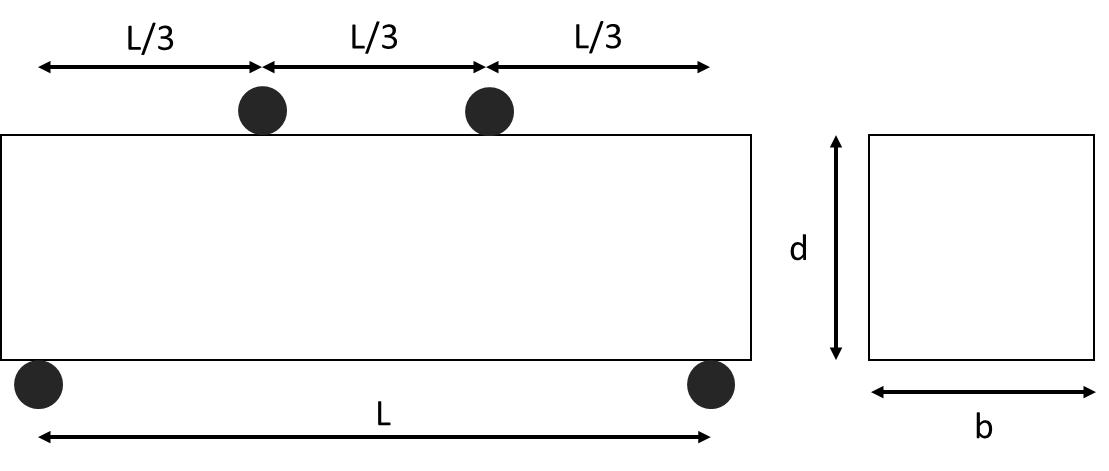
2 minute read
residual strength value (f 150 ) and effective flexural strength f eff Design concrete overlay thickness with pavement design program using the effective flexural strength
Concrete Overlay and FRC Material Design Process
There are several ways for the designer and contractor/ma
Advertisement
terial supplier to determine the required fiber content given a target FRC performance value. An agency can establish a qualified product list based on laboratory residual strength tests for a standard concrete paving mixture; or an initial estimate of the required fiber dosage can be obtained from the fiber manufacturer or past laboratory tests [7] and then verified with ASTM C1609. Fiber content can be adjusted
linearly to achieve the target residual strength value. The
following steps summarize the process to select the FRC performance value (f 150 ) for a new concrete overlay.
Designer Responsibilities (Figure 3):
Determine existing pavement conditions and collect design inputs.
Decide if new concrete overlay is bonded or unbonded system based on the existing condition and pavement design inputs.
Run Residual Strength Estimator tool to determine FRC residual strength value (f 150 ) and effective flexural strength (f eff ). Design concrete overlay thickness with pavement design program using the effective flexural strength.
8.
9. Run ASTM C1609 at a fixed age (e.g., 14 days) and calculate the residual strength (f 150 ) versus fiber volume fraction for each fiber type.
Select fiber volume fraction (%) or fiber content (lb/yd 3 ) based on the specified residual strength. Check macrofiber content in the field during construction by weighing fibers contained in a unit volume
Figure 4. Contractor/material supplier responsibilities

Macrofiber Types and Content
A wide variety of fibers are commercially available for use in FRC. The two primary types of macrofibers used for pavements and overlays are synthetic and steel (Figure 5). Macrofibers come in different geometries, shapes, and surface textures. Generally, macrofibers are 1 to 2.5 in. in length with an aspect ratio of 30 to 100. Synthetic macrofibers are overwhelmingly used on concrete overlay applications.
The required macrofiber content, volume percentage, or dosage rate depends on the specified residual strength value, concrete constituents and proportions, and strength
Figure 3. Designer responsibilities
5. Select potential macrofiber types and fiber contents based on published laboratory data, a qualified product list, or fiber manufacturer data. 6. To verify fiber performance, a concrete mixture with macrofibers is cast for each fiber type. If estimated fiber content is not known, it is recommended that at least two volume fractions of FRC beams be cast, e.g., 0.25% and 0.50%.
Common Question 3:
How much macrofiber do I need to add?
Typical fiber contents for concrete overlays can range from 0.2% to 0.5% by volume. The amount depends on many technical factors (slab flexural capacity, service life, crack width criteria, joint LTE) and costs. For bonded concrete overlays of asphalt, a minimum residual flexural strength (f150) of 100 to 150 psi should be specified depending on the design requirements. The fiber type and volume fraction can be adjusted accordingly to meet the specified residual strength requirement.




